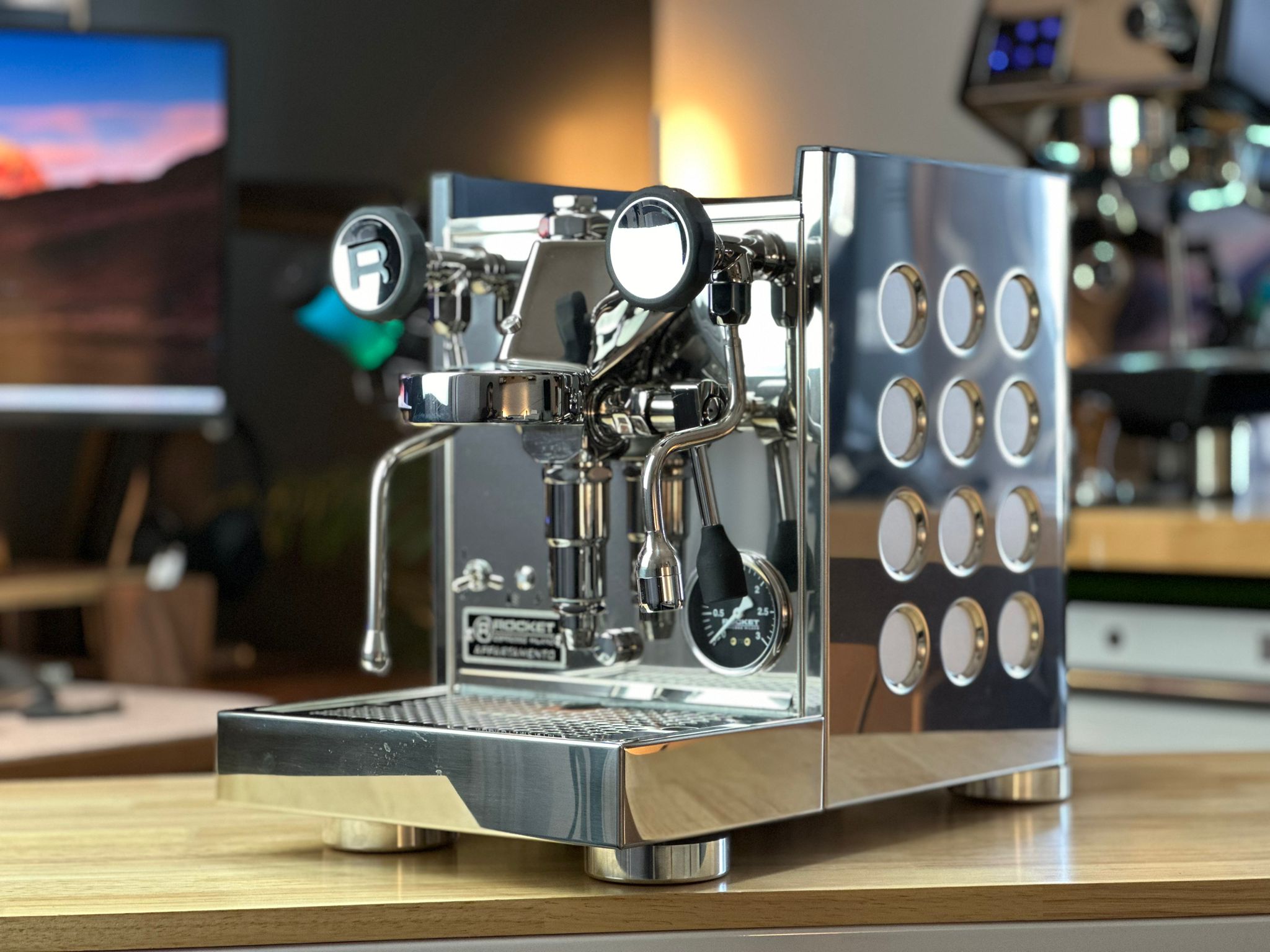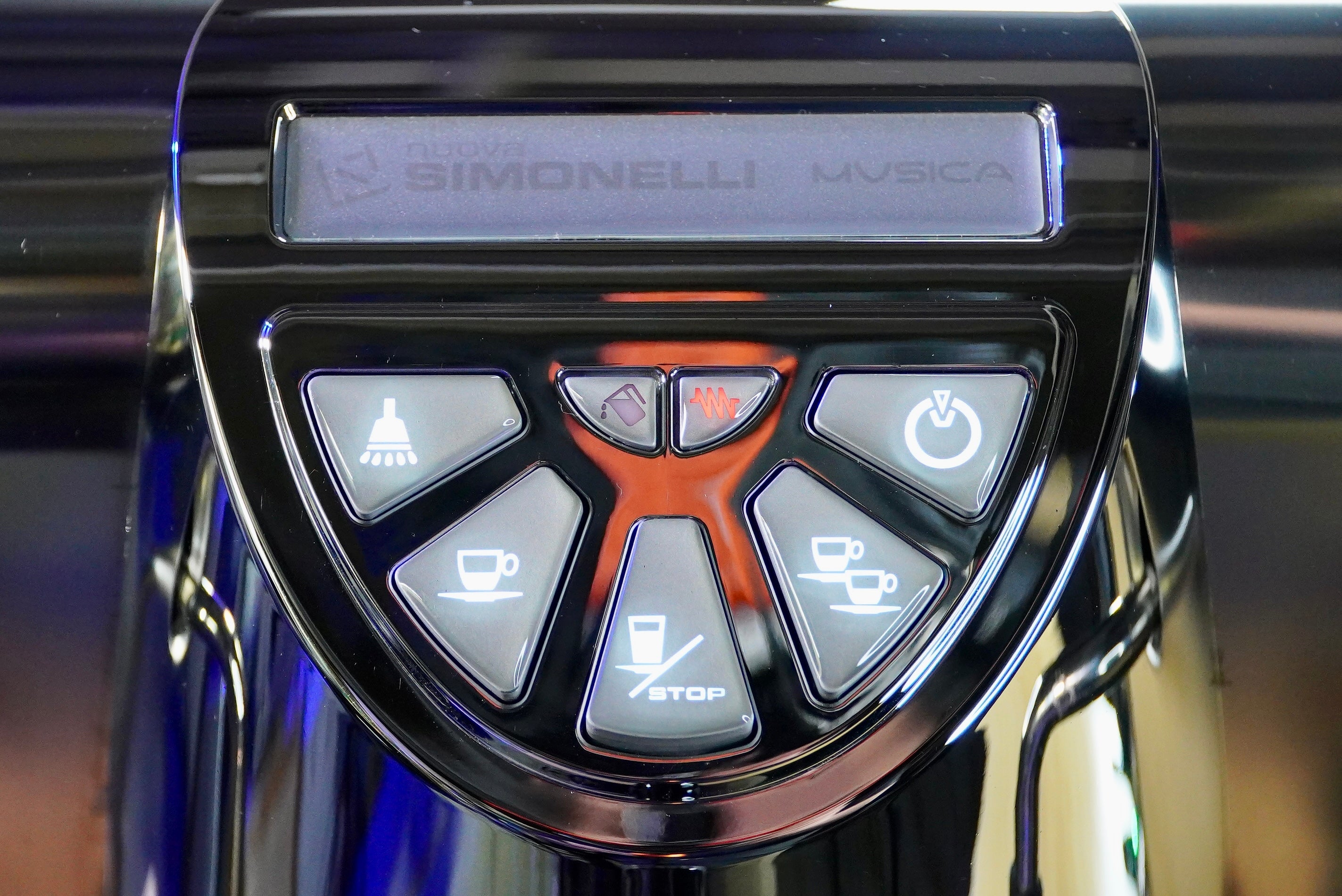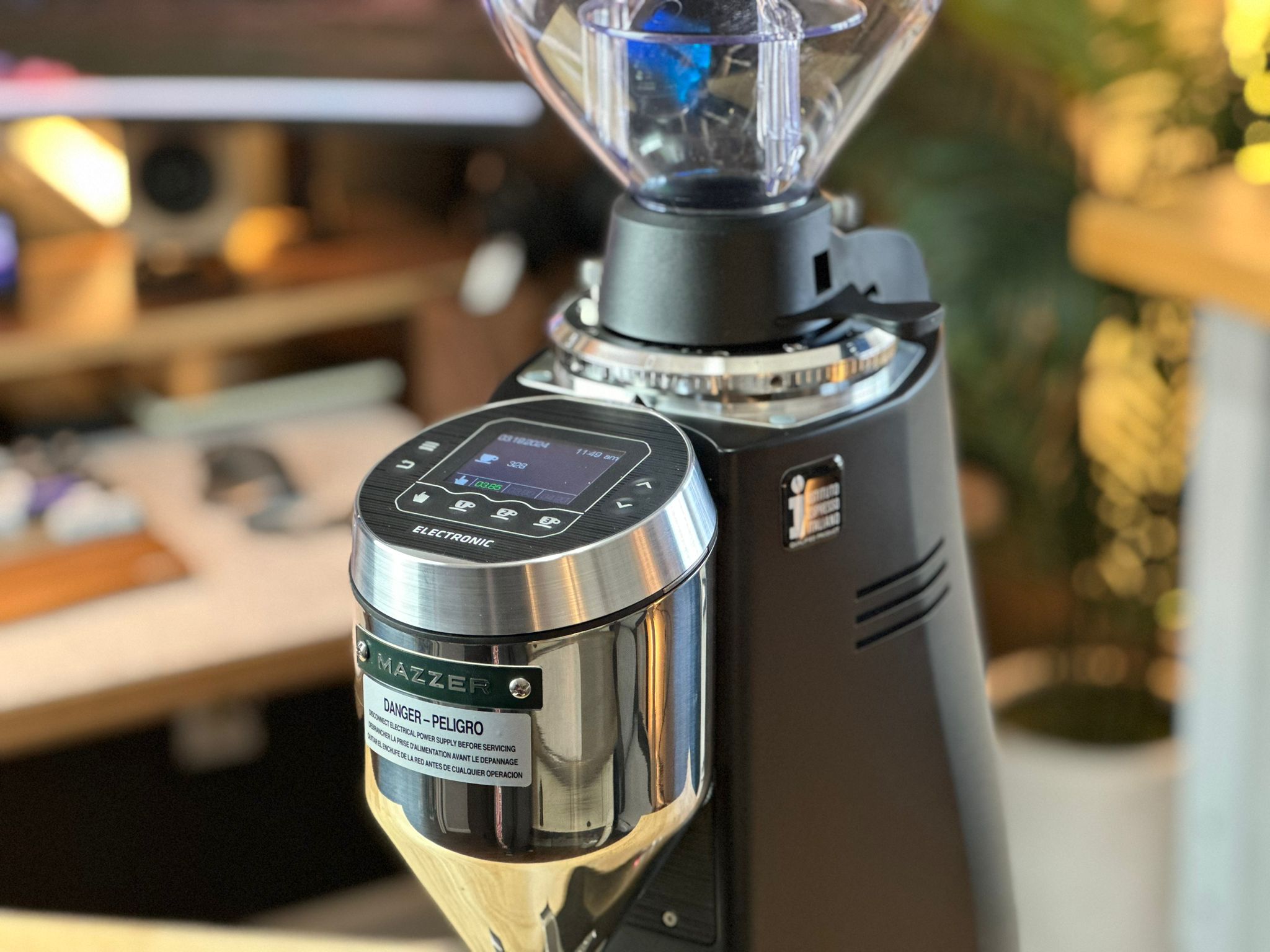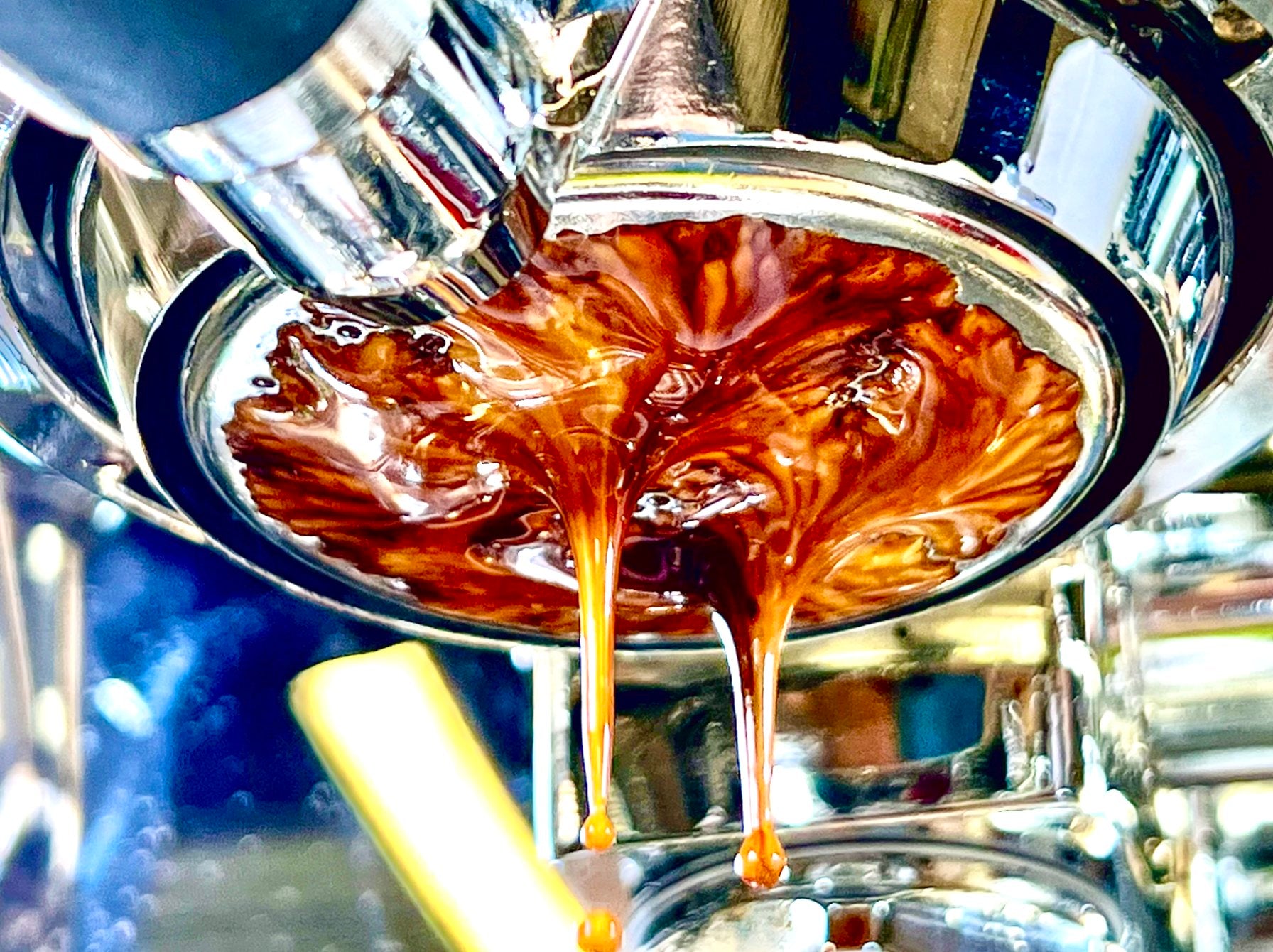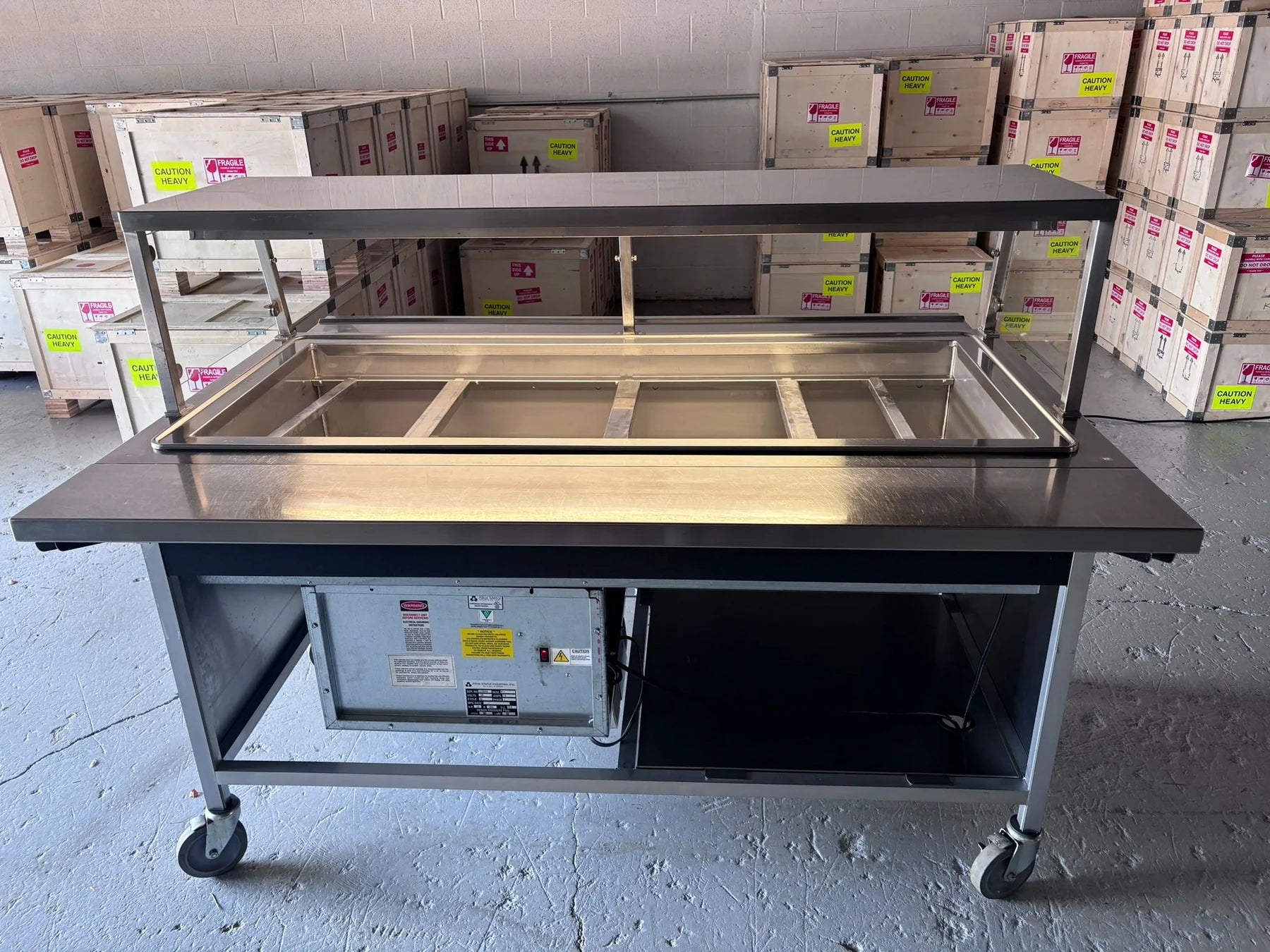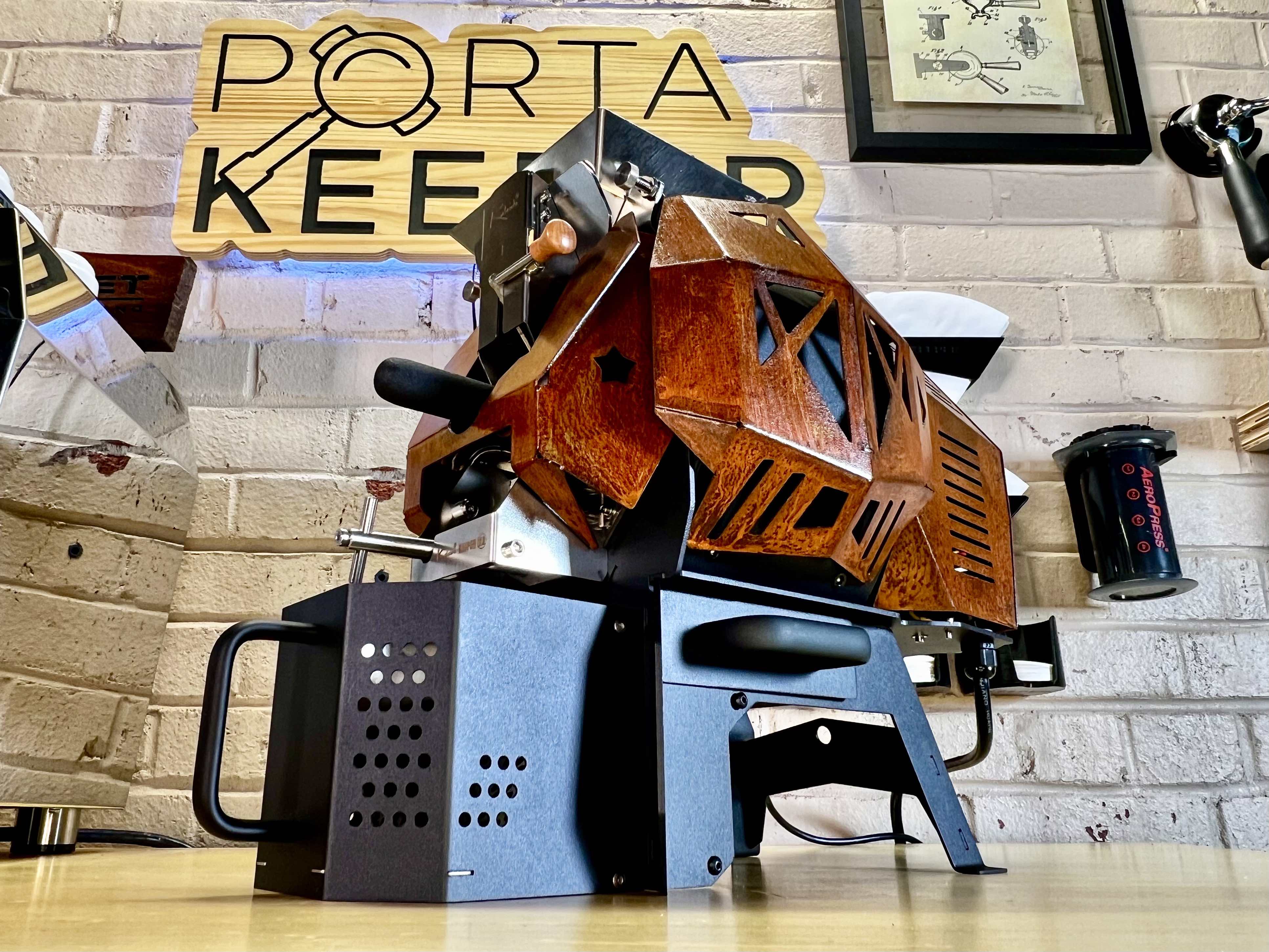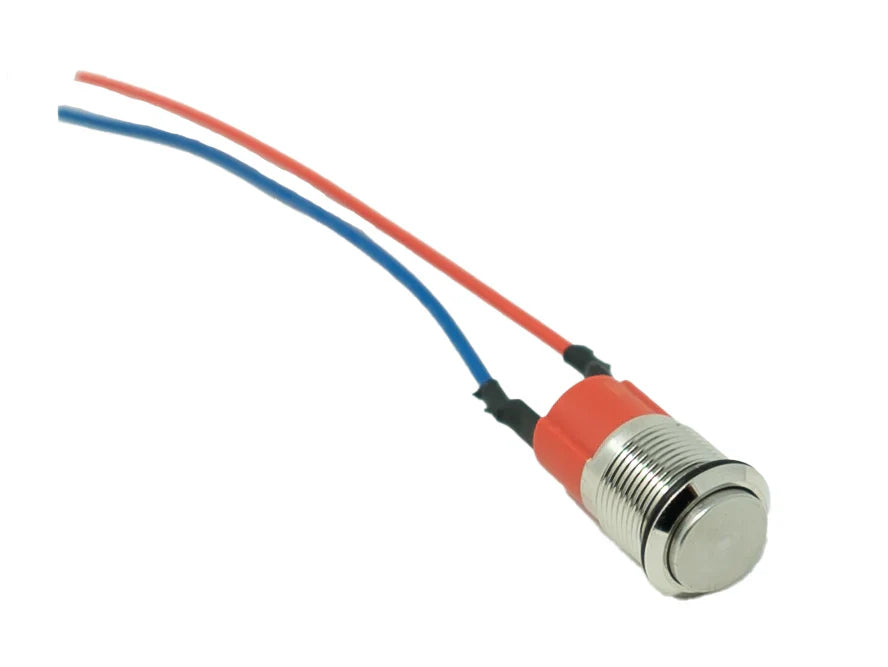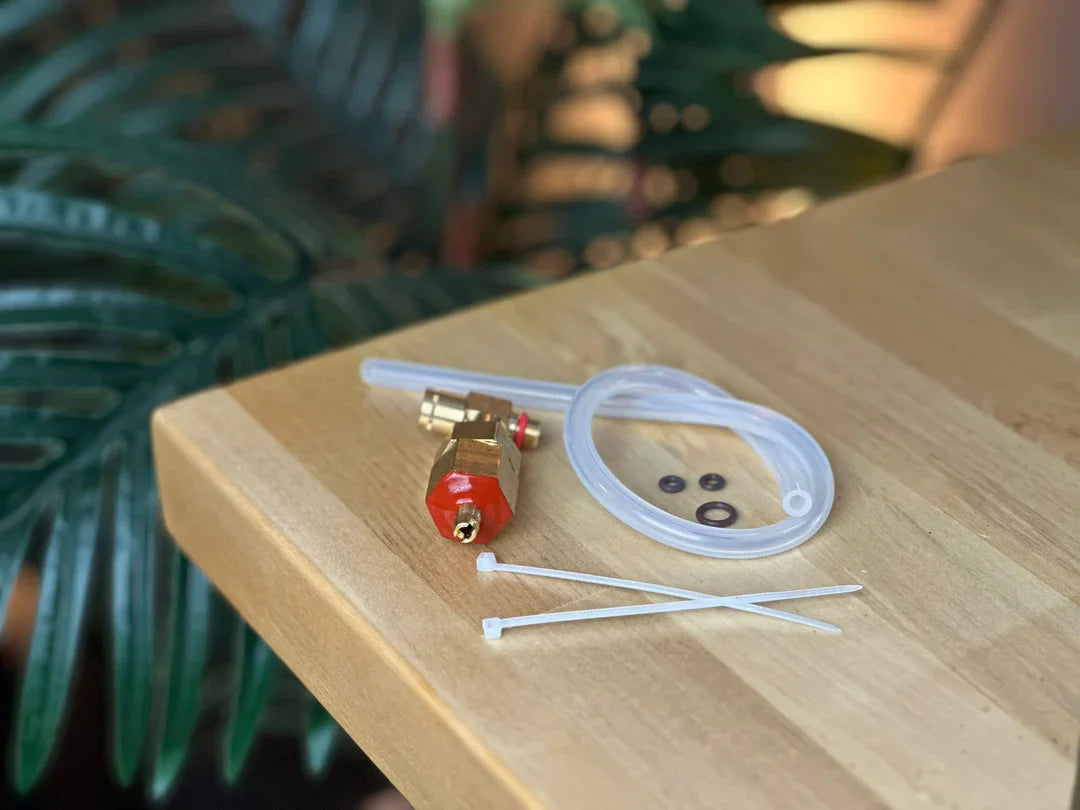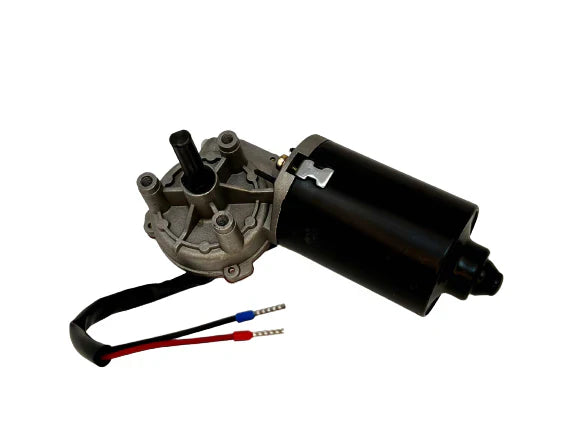Variable Speed Grinders and Their Impact on Grind Quality
Abstract
In coffee preparation, the grinder plays a crucial role in determining the final flavor profile of the brew. With recent advancements, variable-speed grinders have emerged as a game-changer in achieving grind consistency and improving flavor extraction across different brewing methods. This paper explores the relationship between grind size, brewing methods, and grinder technology. Specifically, it focuses on how variable-speed grinders impact grind uniformity, heat generation, and flavor development. Additionally, a comparison between conical and flat burr grinders is presented, highlighting how speed control may affect their performance in grinding for various brew methods.
Introduction
The process of grinding coffee beans is pivotal in the preparation of high-quality coffee. The grind size, uniformity, and consistency directly influence extraction rates during brewing, which in turn affect the flavor profile of the final cup. Variable-speed grinders, which allow users to adjust the speed of the burrs during grinding, have recently gained attention due to their potential to optimize grind quality by mitigating the negative effects associated with heat and particle size distribution. This paper investigates the scientific principles behind grind size and consistency and how these factors interact with various brewing methods. Furthermore, it examines how the technology behind variable-speed grinders, conical and flat burr designs, and burr speed influence the final coffee outcome.
Grind Quality: The Science of Particle Size Distribution
Grind quality is typically measured by particle size distribution (PSD), which refers to how uniformly the coffee grounds are sized. A uniform grind allows for consistent extraction during brewing, preventing issues like over-extraction (which results in bitterness) or under-extraction (which leads to sourness). PSD is influenced by various factors, including burr design, speed of grinding, and the hardness of the beans.
1. Importance of Grind Size
Different brewing methods require specific grind sizes for optimal extraction:
- Espresso: Fine grind for short extraction times (20-30 seconds).
- Pour-Over: Medium grind to balance extraction with flow rate through the filter.
- French Press: Coarse grind to prevent over-extraction during long steeping times.
- AeroPress: Variable grind size depending on steeping time and pressure used.
In all cases, consistent grind size is critical for uniform extraction across the brew, leading to the development of a balanced flavor profile. Variable-speed grinders play an important role in adjusting the consistency of grind size by allowing fine control over the speed at which beans are processed.
Variable Speed Grinders: Key Features and Impacts
1. Speed and Heat Generation
High-speed grinding can generate frictional heat, which negatively impacts coffee quality. According to research by Petracco (2005), excessive heat can cause beans to lose volatile aromatic compounds, leading to a flatter, less vibrant coffee taste . Variable-speed grinders allow users to slow down the grinding process to minimize heat generation. This is particularly important when grinding for fine brewing methods like espresso, where slow-speed grinding prevents overheating and preserves delicate oils.
2. Speed and Particle Size Distribution
Studies by Andueza et al. (2003) have shown that the speed at which coffee is ground can affect the uniformity of particle size . High-speed grinders tend to produce a wider PSD, with more fines (ultra-fine particles) that can lead to over-extraction. By reducing the grinder speed, the particle size distribution becomes narrower, resulting in more uniform grounds. This leads to a more balanced extraction and reduces the risk of bitterness or astringency in the final cup.
3. Burr Speed and Brewing Method Optimization
For coarser grinds, used in methods like French Press or cold brew, higher speeds may be advantageous, as the risk of heat generation is lower, and faster grinding can improve workflow. However, for finer grinds, especially for espresso, slower speeds are preferred to prevent clogging and overheating. By allowing users to adjust the speed, variable-speed grinders provide greater control over grind consistency and minimize the risk of poor extraction across brewing methods.
Burr Types: Conical vs. Flat Burrs
1. Conical Burrs
Conical burr grinders have a cone-shaped inner burr that fits inside a hollow outer burr. These grinders are often favored for their ability to produce consistent grind sizes across a wide range of settings. The design of conical burrs results in a bimodal grind distribution—some fine particles and some coarse particles, which is often desirable for espresso because it can aid in better extraction and crema formation.
Conical burr grinders are generally more forgiving when it comes to speed variations. Due to their design, they produce less heat at a given speed compared to flat burrs, making them ideal candidates for low-speed grinding in variable-speed systems. Additionally, conical burrs are quieter, which is beneficial for home users.
2. Flat Burrs
Flat burr grinders have two parallel, flat surfaces that grind coffee between them. These grinders are known for producing a more uniform particle size distribution, which is particularly important for brewing methods that require precision, such as pour-over or drip coffee. Flat burrs tend to produce a unimodal grind distribution, resulting in a more consistent extraction.
However, flat burrs generate more heat due to the larger surface area of the grinding mechanism. Variable-speed control can mitigate this issue by allowing users to slow down the grind to reduce heat buildup. Flat burr grinders at lower speeds offer exceptional consistency in grind size, which is critical for methods like espresso, where even small variations in particle size can lead to noticeable changes in flavor.
The Impact of Variable Speed on Burr Types
1. Impact on Conical Burr Grinders
Conical burr grinders benefit from variable speed as they are less prone to overheating. Slowing down the burr speed further minimizes the friction and heat generated, preserving the essential oils and flavors in the coffee. This feature makes variable-speed conical grinders ideal for espresso, where precision is paramount.
At higher speeds, conical burrs perform well for coarser grinds, such as French Press or cold brew, where heat is less of an issue, and speed can increase workflow without sacrificing grind quality.
2. Impact on Flat Burr Grinders
Flat burr grinders, when paired with variable-speed control, can offer superior grind uniformity at slower speeds. By reducing the speed, the grinder minimizes heat generation and ensures a more even particle distribution. This is particularly useful for pour-over or drip coffee, where grind consistency is crucial for even extraction.
At higher speeds, flat burr grinders can produce more fines, which may negatively impact certain brewing methods. However, speed control allows users to optimize grind performance for a range of methods without sacrificing the precision that flat burrs are known for.
Conclusion
Variable-speed grinders offer an unprecedented level of control over the grinding process, allowing users to fine-tune their grind for different brewing methods and minimize the negative impacts of heat and inconsistent particle size distribution. Both conical and flat burr grinders can benefit from variable-speed functionality, though each responds differently due to their inherent design features. While conical burrs tend to produce less heat and are more forgiving at different speeds, flat burrs excel in grind uniformity when paired with speed control.
Overall, variable-speed technology enhances the flexibility of grinders, making them suitable for a wider range of brewing methods while preserving the unique characteristics of the coffee. This makes them a valuable tool for both professional baristas and home enthusiasts seeking to optimize their coffee experience.
References
- Petracco, M. (2005). "Technological Factors in Espresso Coffee." Food Chemistry, 89(3), 359-366. doi:10.1016/j.foodchem.2004.03.028
- Andueza, S., Vila, M. A., Pena, M. P., Cid, C., & Bello, J. (2003). "Influence of Coffee Grinding Process on the Concentration of Some Bioactive Compounds in Espresso Coffee." Journal of Agricultural and Food Chemistry, 51(23), 7037-7043. doi:10.1021/jf0343456


